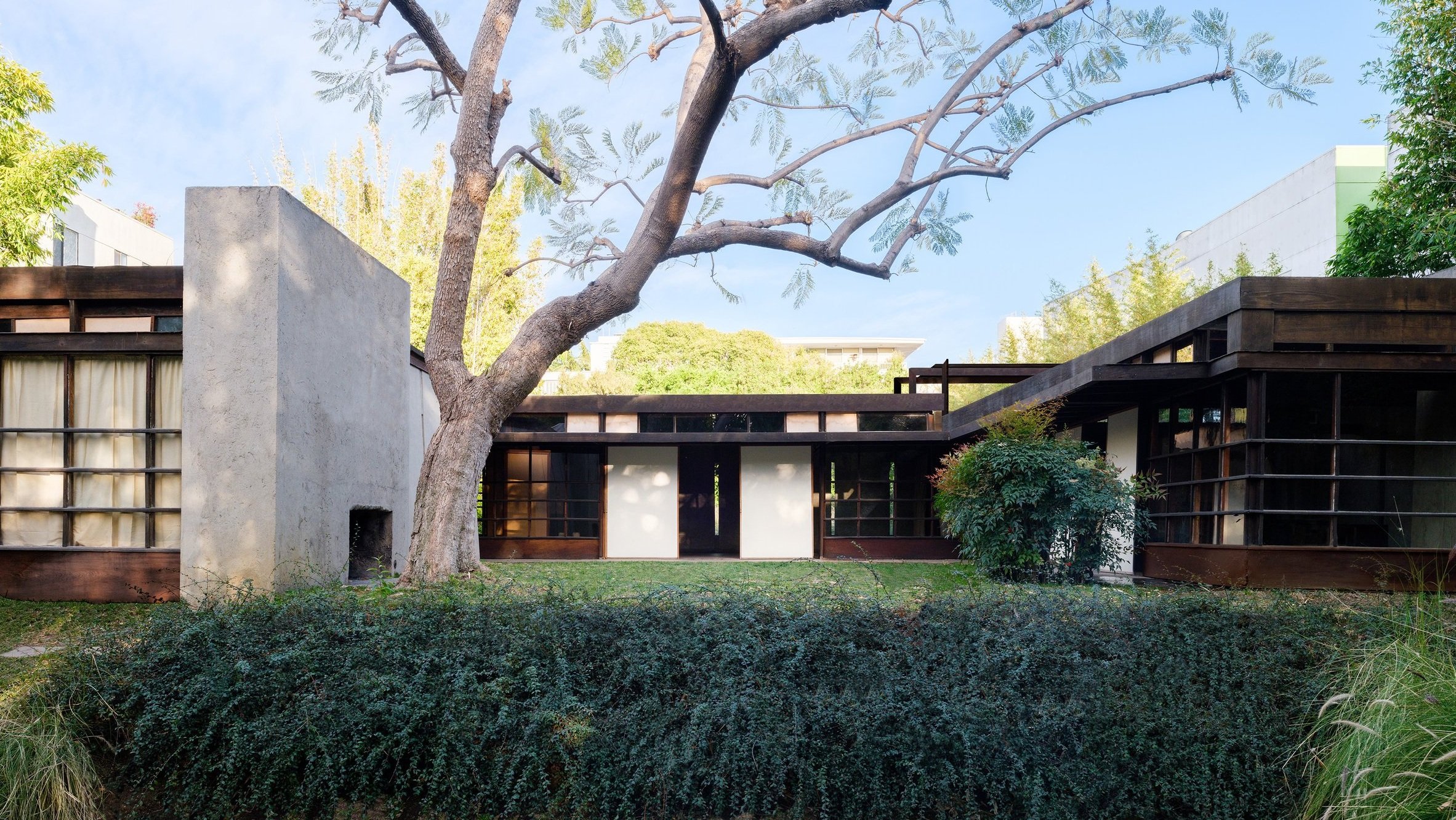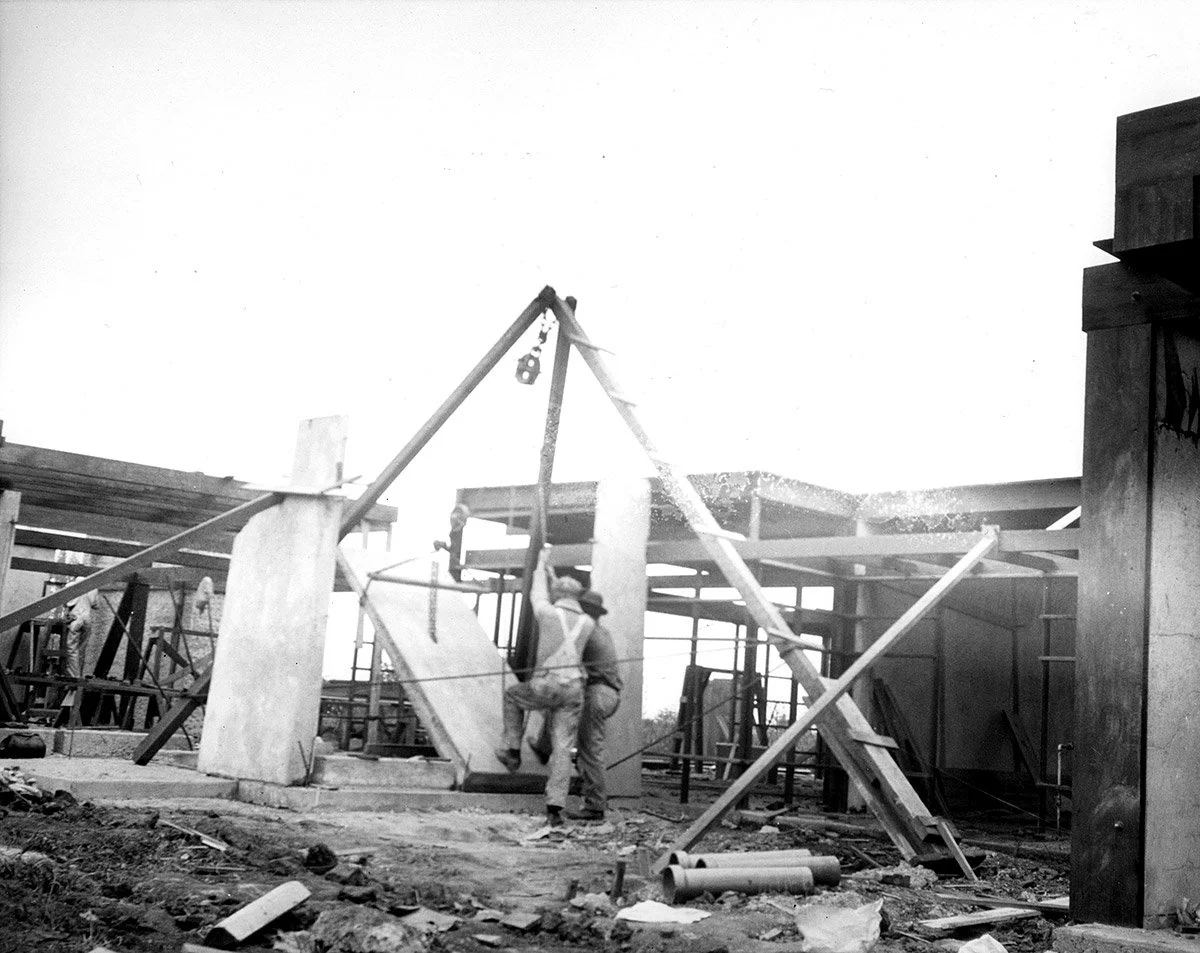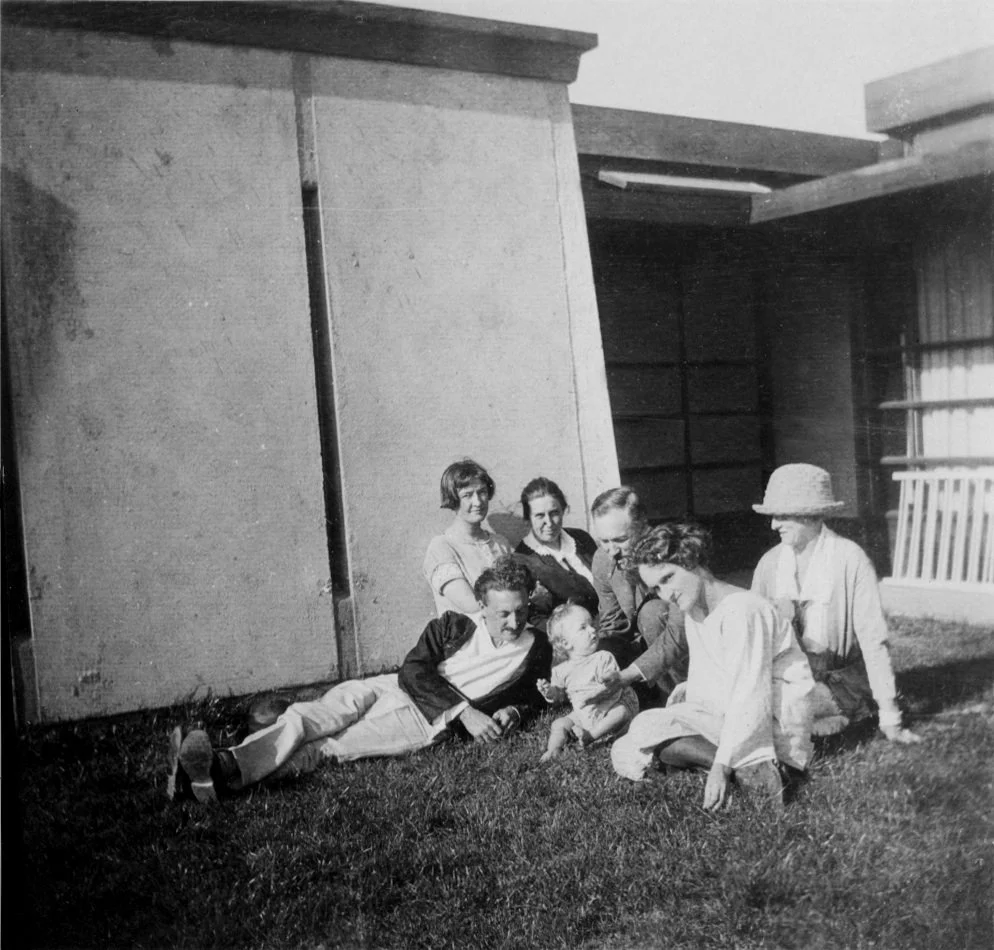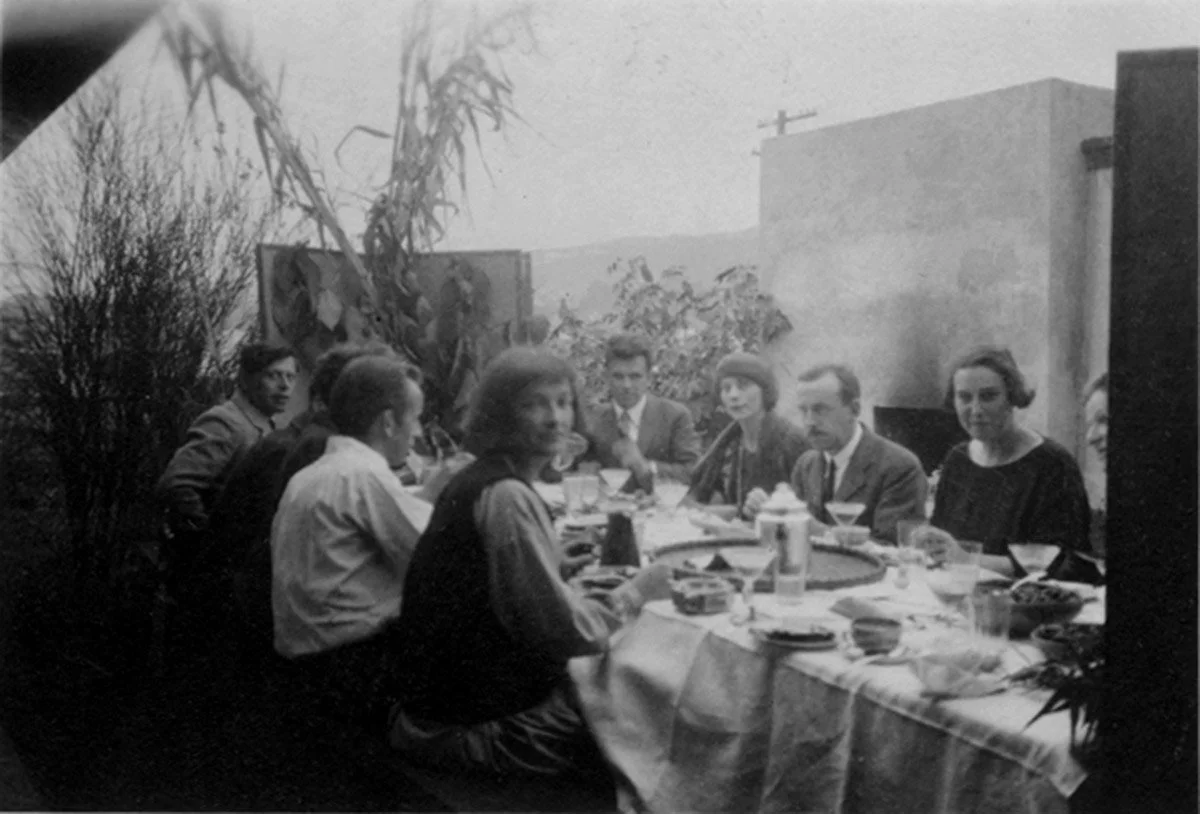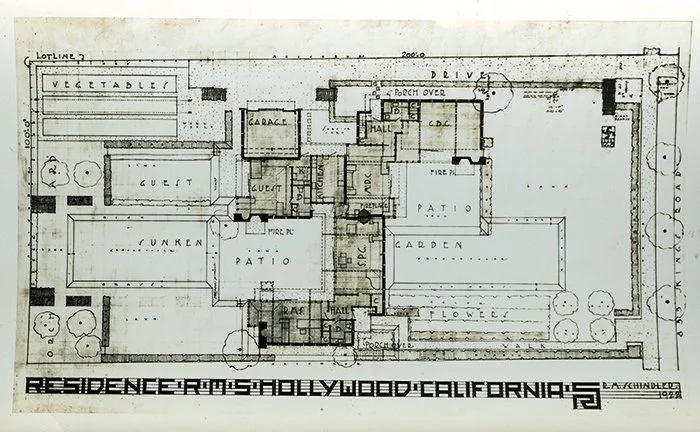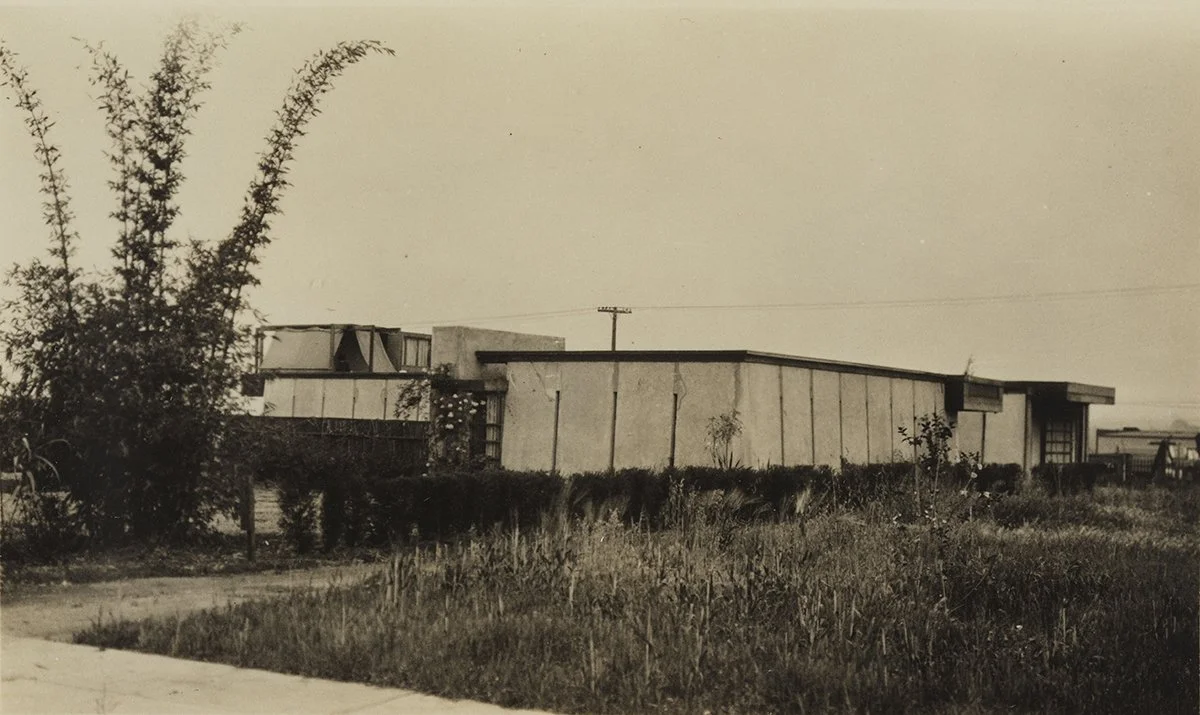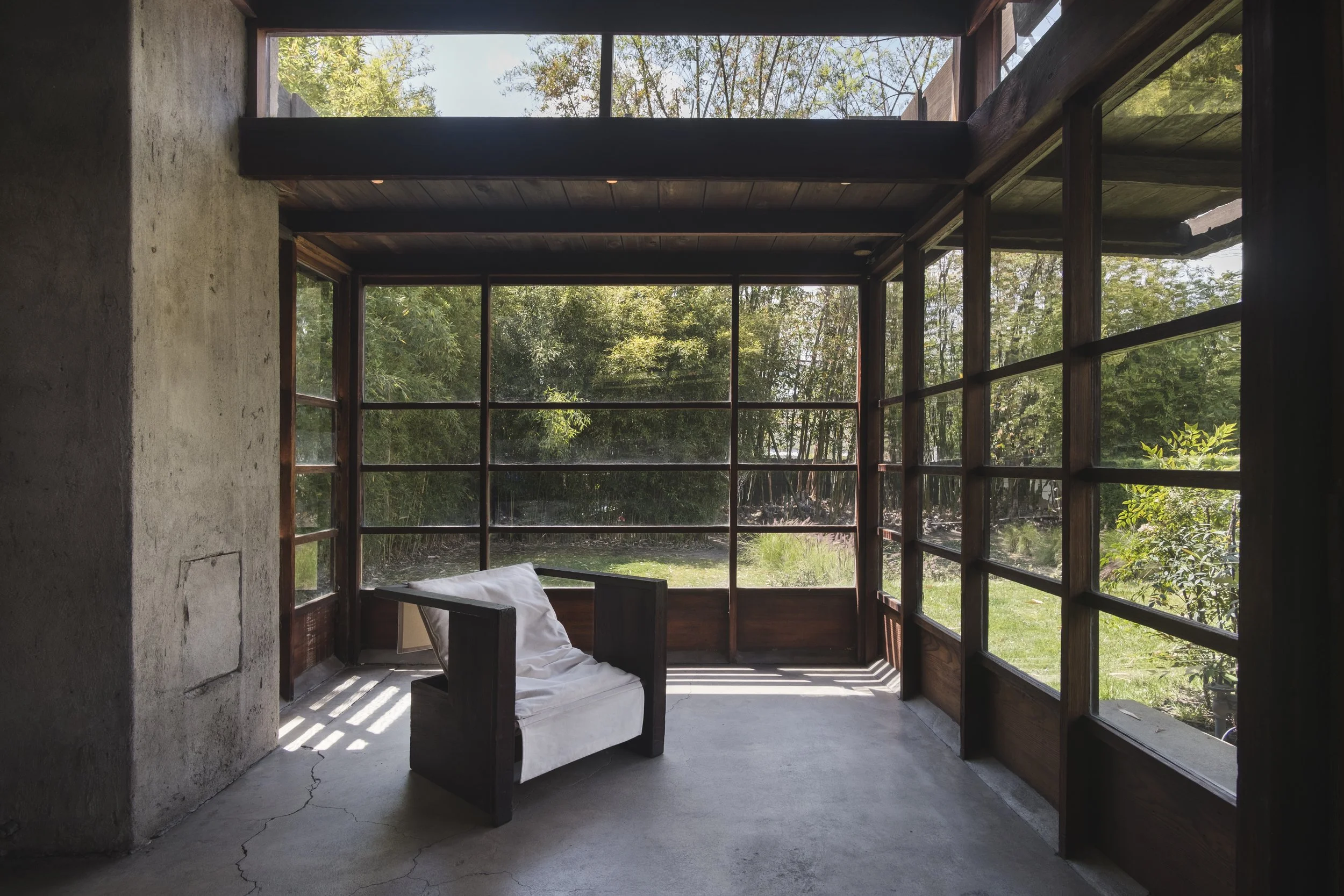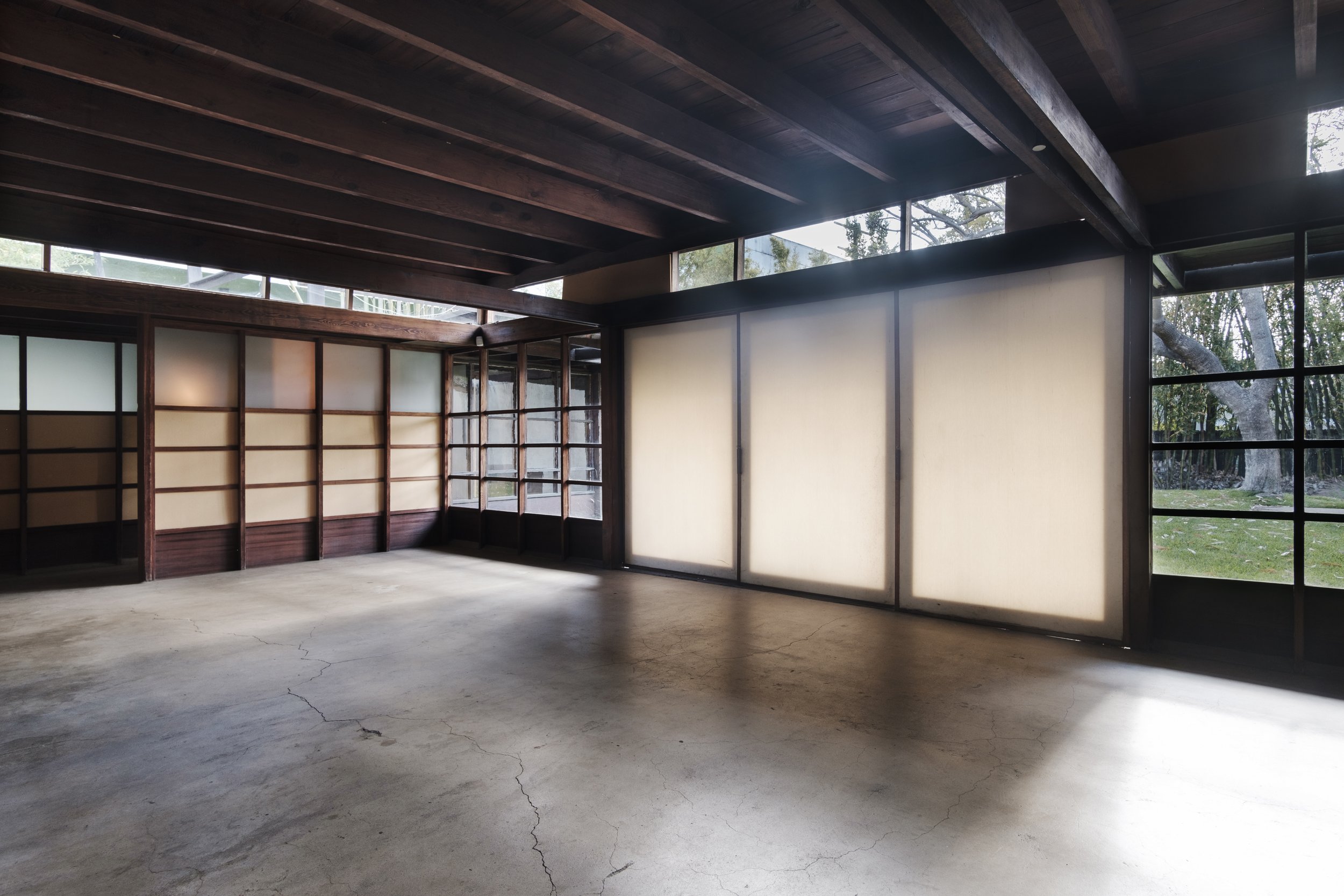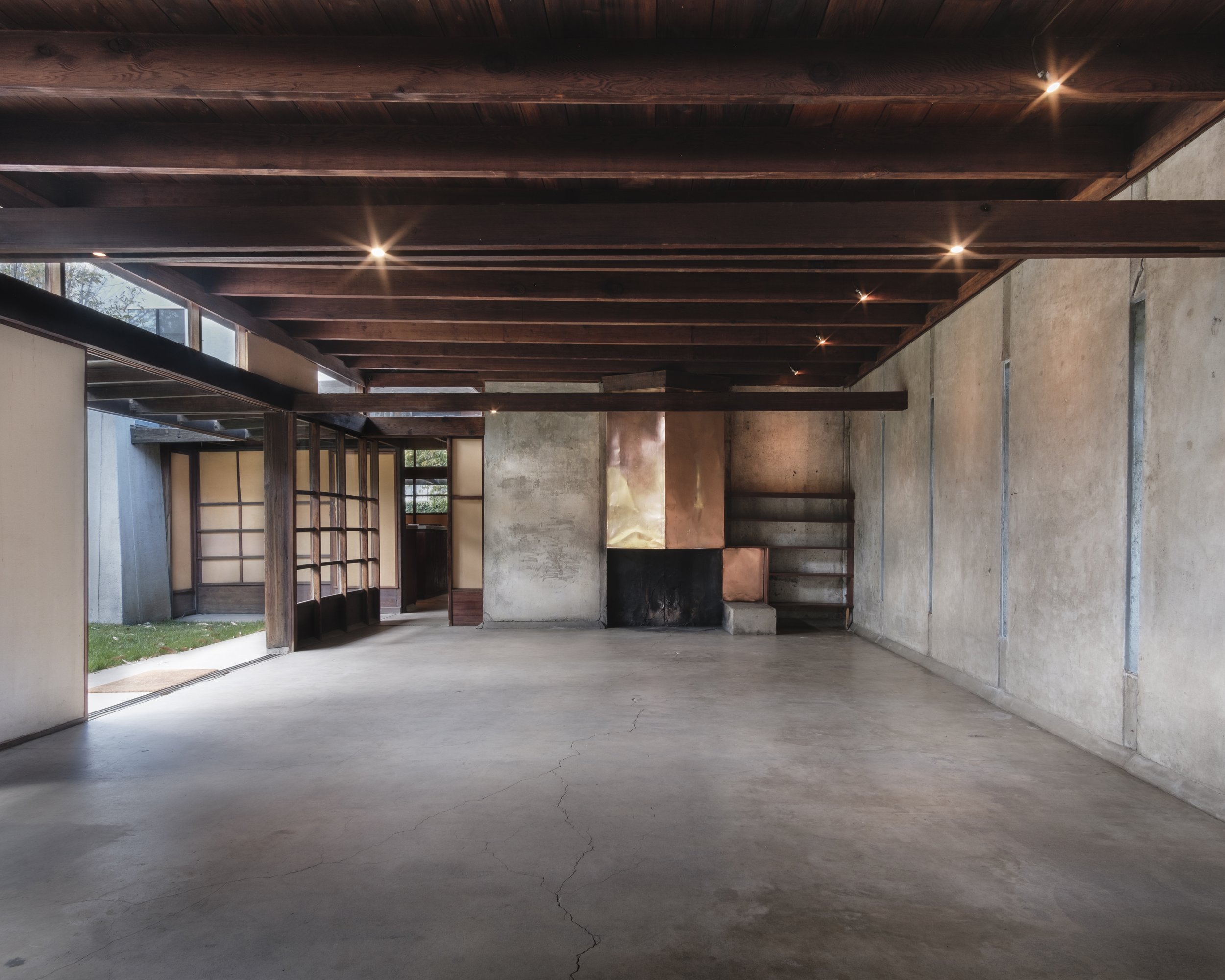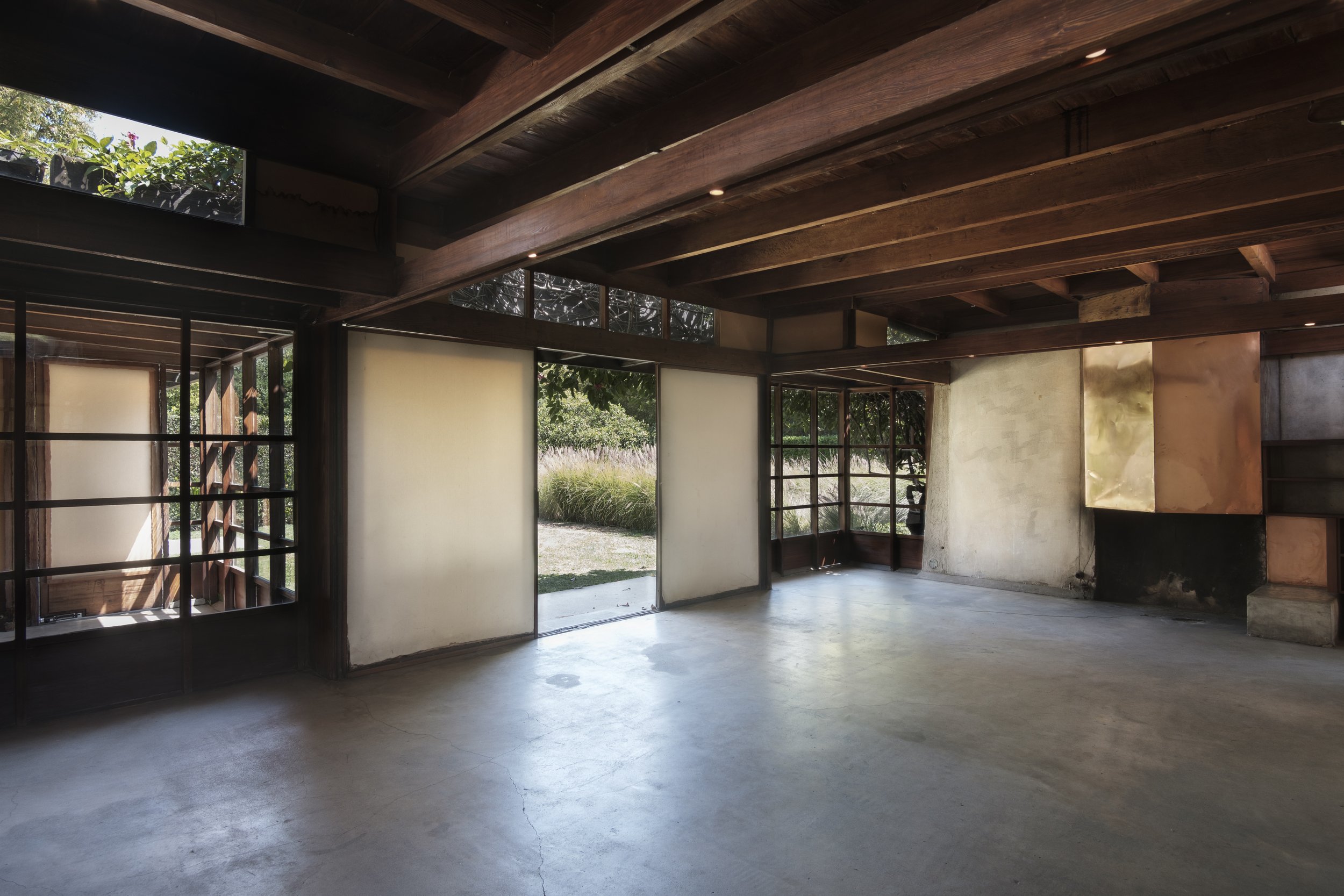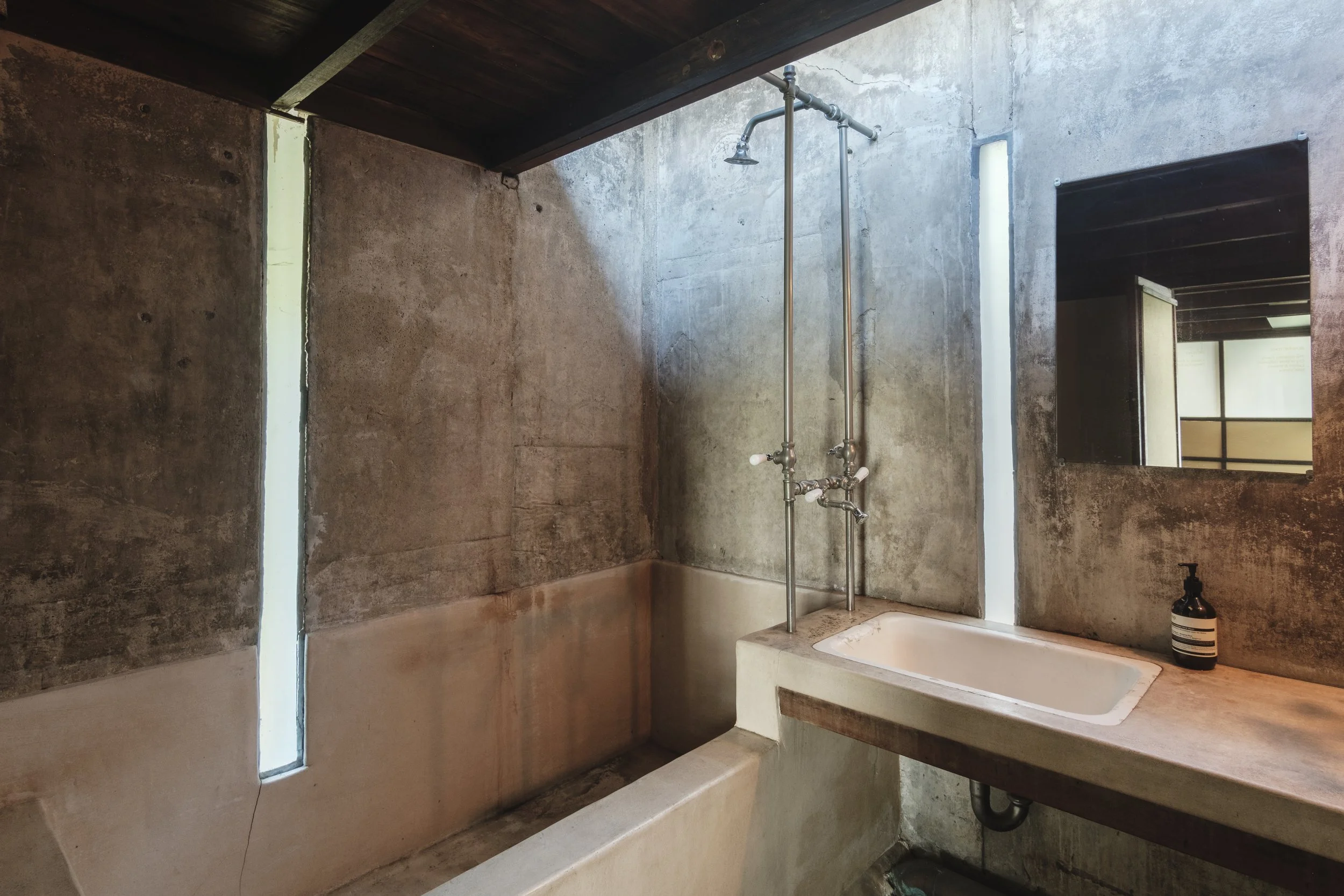Schindler House
1922
Schindler House
835 North Kings Road
West Hollywood, CA 90069
The Schindler House serves as the headquarters of MAK Center for Art and Architecture, founded in 1994 as an independent satellite of the MAK – Austrian Museum of Applied Arts, Vienna, in cooperation with the Federal Chancellery of Austria/Art Division and the Friends of the Schindler House (FOSH). You can book a visit below.
Schindler House Companion Tours
Learn more about the Schindler House through a series of interpretive audio tours by artists, architects, and writers. Visitors are invited to move, observe, and perceive the house through instructional exercises, fictional meanderings, and guided journeys.
ABOUT The SCHINDLER HOUSE
The Schindler House has the inevitability of a masterpiece. Incorporating both architectural and social theory, it unfolds formally, spatially and intellectually with a coherence unparalleled in early modern architecture. It was the shared vision of Schindler and his wife Pauline: he gave brilliant architectural form to her interest in a revisionist lifestyle. The house was conceived as an experiment in communal living to be shared with another couple, Clyde and Marian Chace. There were four rooms, one for each person to “express his or her individuality.” The communal gathering areas were patios in the garden, one for each family. There was a shared kitchen and outdoor sleeping porches were provided on the roof. A guest apartment with its own kitchen and bath extended from the rear of the house.
Schindler designed the house over a two-month period, in November and December 1921. There were four distinct phases in the planning process, each a logical development of a theme. The essential plan—a pinwheel—was established in the earliest scheme. Using a consistent four-foot module and standardized “Slab-Tilt” wall construction, Schindler created a building in which no two spaces are alike while at the same time seamlessly integrating indoors and out, creating, in his words, “A Real California Scheme.”
The house was constructed between February and June 1922. The deceptive simplicity—borne out in recent restoration work—of Schindler’s scheme became clear early in the building process. There were problems with the technology of the building system: on April 22 Schindler told Pauline, “now a few slabs won’t ‘tilt’ – they stick – and we shall have to use wedges.” He also reported that he could “…not get carpenters – two came today – looked the job over – got scared – and ran –….”
The house became an architectural laboratory: it is the birthplace of the Southern California modernism we celebrate today. Here in the twenties Schindler, working alone and also with his erstwhile partner Richard Neutra, created a body of work as vital today as it was incomprehensible to the East Coast establishment eighty years ago. The seminal Lovell houses, Pueblo Ribera Court, the Jardinette Apartments, and the Wolfe house on Catalina Island all were designed at Kings Road.
In the 1920s and early 1930s especially the house was the focus of constant social gatherings; there are reports of people drifting in at all hours. Maurice Browne, a founder of the Chicago Little Theatre, recalled in his autobiography that Pauline, “…brilliant, warmhearted, bitter-tongued…was trying to create a salon amid Hollywood’s cultural slagheap….” Frank Lloyd Wright and his son Lloyd, Edward Weston, John Cage, the progressive dancer John Bovingdon, the poet Sadakichi Hartmann, and Galka Scheyer were among those who passed through. Later, it was largely Mrs. Schindler’s initiative that established the house as a mecca for left-wing political activity in Los Angeles.
While the Schindlers outwardly had carved a niche for themselves in radical Los Angeles society, there were undercurrents of discord between them that ultimately destroyed their lifestyle. They separated in 1927; while Schindler remained at Kings Road, Pauline led a gypsy existence for the next decade. She returned at the end of the 1930s. In what can only be described as an unorthodox arrangement, she and Schindler shared the house as a divorced couple until his death in 1953. He remained in the Schindler studios; she occupied the Chace wing and had the kitchen. In 1974, toward the end of her life, Mrs. Schindler began seeking means of securing the future of the house. A nonprofit organization, Friends of the Schindler House (FOSH), was formed for this purpose and acquired the house with funding from the California Office of Historic Preservation in 1980. FOSH has worked steadily since to restore the house using the date of completion, June 6, 1922, as the point of reference.
In August 1994 FOSH entered into a cooperation agreement with the MAK – Austrian Museum of Applied Arts, Vienna, for the creation of the MAK Center for Art and Architecture, L.A., at the Schindler House. We now have an ambitious program of exhibitions, publications and other public programming entirely in accord with FOSH’s initial intentions.
—Robert Sweeney

